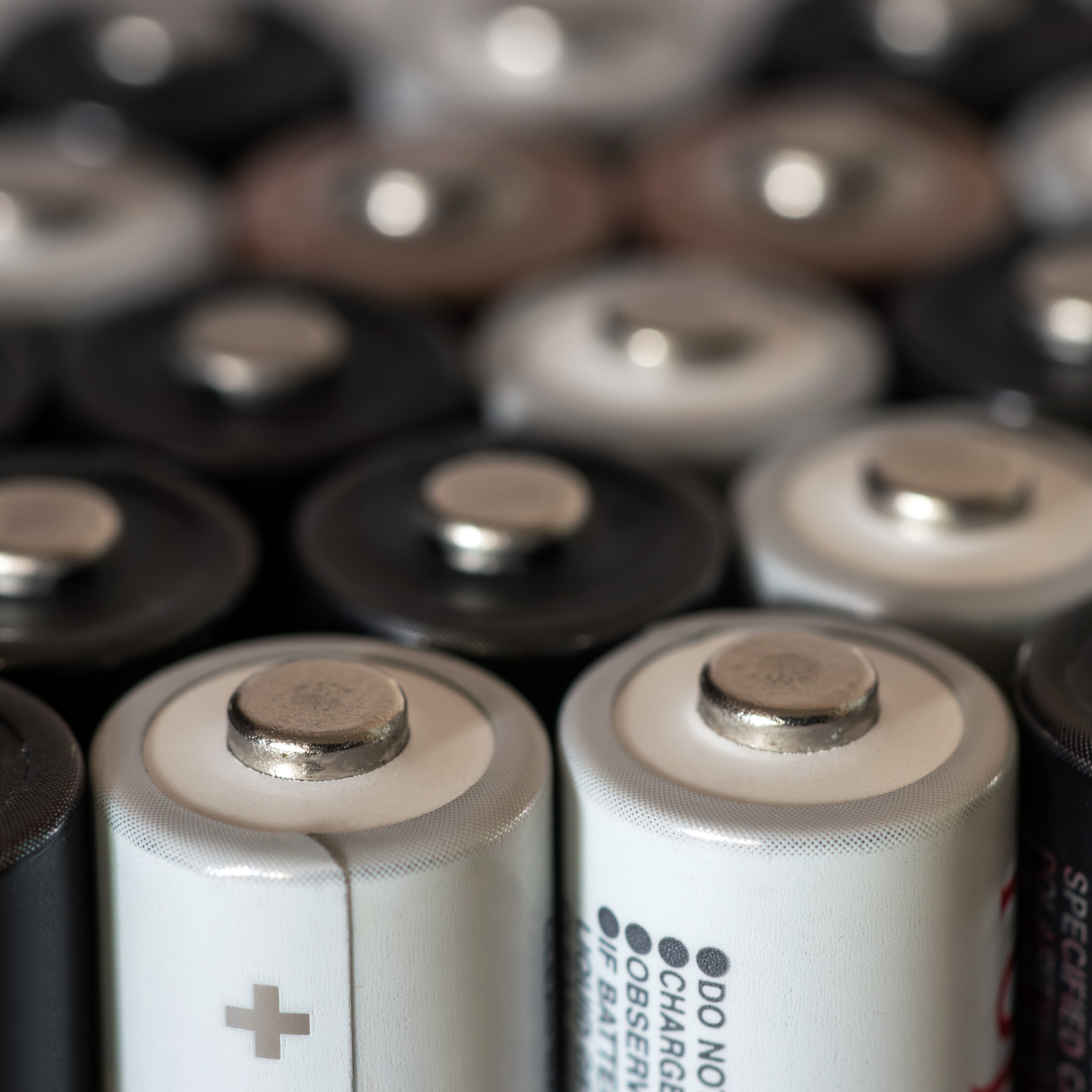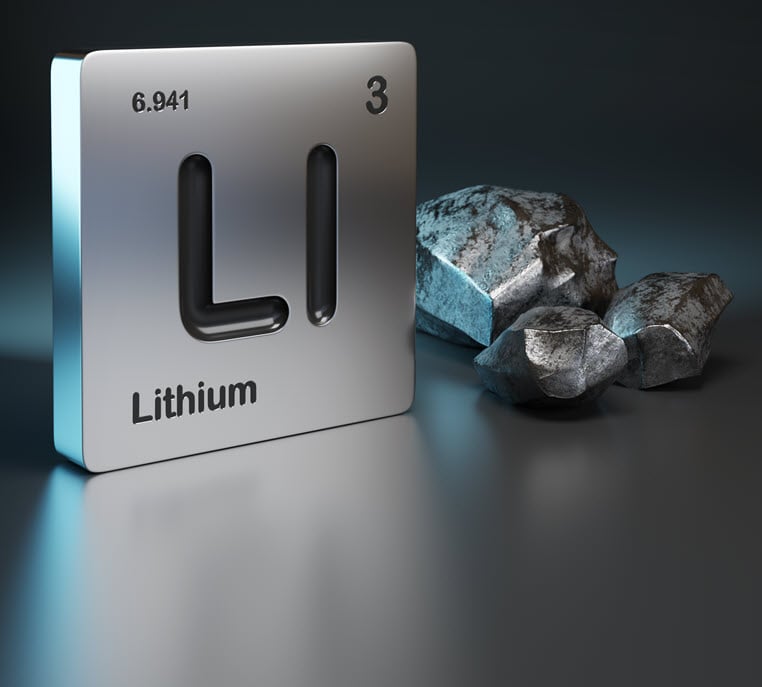Lithium-ion battery (LIB) recycling is hardly new in the developed world, with notable industry players and well-established regulations in place to process the countless 3-cell batteries reaching the scrap-heap each day from portable electronics.
However, the lack of explicit regulations (EU excluded) and integral recycling networks for the nascent secondary market of electric vehicle (xEV) batteries means that the playing field has once again been levelled; and China is positioning itself to capitalize on the opportunity.
Are proper regulations in place in China?
China is the world’s largest consumer of xEVs1, representing 30% of global sales in 2018, and this share is expected to double by 2030. In a previous Insight2, CRU showed that a vast quantity of used LIB will enter the scrap pool during this timeframe, causing severe pollution if not treated properly. Against this backdrop, the Chinese government has begun to implement a series of regulations aimed at promoting construction of an end-of-life vehicle (ELV) battery recycling industry that is environmentally-friendly, resource-saving and economically-beneficial.
The first regulation3 mentioning ELV battery recycling was issued by the General Office of the State Council in 2012. The regulation requires the construction of a recycling system, clarifies the rights, roles and responsibilities of each party, and provides guidance on recycling and second-life options. More explicit and detailed regulations were issued in the following years, providing further detail and clarity on responsibilities. They also intended to show: how to trace xEV batteries through their life cycle; how to establish an efficient recycling system; and how to maximize utilization of the residual value of ELV batteries.
The table below provides some of the more recent regulations governing this sector:
China’s Ministry of Industry and Information Technology (MIIT) is currently updating its regulations and standards on the acceptable levels of emissions and pollution from LIB recycling, which currently falls under general policies for solid waste. We expect tighter and more comprehensive regulations for this sector from MIIT going forward.
National standards, combined with regulations, are intended to support a breakthrough in the ELV battery recycling industry in China.
Pursuant to government stipulations, battery producers (such as CATL, JHD and BAK), recyclers/re-users (GEM, Brunp, Ganpower, Camel, Zhongtianhongli), battery metal miners and refineries (Huayou, Ganfeng) have each started to develop capacity for their mandated portions of the ELV battery recycling chain. Car manufacturers are actively seeking opportunities to collaborate with recyclers: example partnerships include Beijing Electric Vehicle with Huayou and Ganpower, BYD with GEM, and SAIC Motor with CATL.
China Power has been exploring second-life opportunities for ELV batteries in stationary storage since 2015. The company has established 200,000 base stations, and found a use for 2GWh of second-life batteries in the period 2015-2018. In addition, R&D companies such as Beijing Articore Battery and Xunchi are exploring ELV battery assessments and an integrated system containing battery traceability management, enterprise resource planning (ERP) and Manufacturing execution system (MES), to improve the efficiency of ELV battery recycling and second-life initatives. Current R&D is mainly focused on limiting emissions and pollution from the recycling/disintegration process, improving leaching efficiency, improving extracted metal purity, safety, and cost reduction.
Regulations outside China:
The European Union has regulations alongside a fairly comprehensive recycling network for retired EVs (e.g. ARN in the Netherlands, and CarTakeBack in the UK). The Regulation of Batteries Directive (2006) bans landfill disposal of ELV batteries and establish rules for their collection, recycling, treatment and disposal. Meanwhile, the Extended Producer Responsibility (EPR) assigned the responsibility of recycling ELV batteries to producers4. In Japan, automakers proactively participate in battery recycling. In South Korea, the battery association has collaborated with the National University to pioneer on ELV battery recycling.
In the United States and Australia, there are no regulations that specifically address ELV batteries, and as such the recycling system may still take time to develop. However, the US government has initiated a research centre called the ReCell Center to help the country grow a competitive recycling industry and reduce its reliance on foreign sources of battery materials; meanwhile, private company Lithium Australia has teamed up with Envirostream Australia and ANSTO Minerals to experiment on spent battery recycling, especially for LFPs.
Overall, there has not been an explicit, overarching framework of rules yet imposed for the second use of ELV batteries outside of China; but some car manufacturers have started to invest in facilities to reassemble ELV batteries for re-use in energy storage. Mercedes-Benz Energy has installed three such storage systems with a total energy of 40 MWh, powered by second-life batteries, and the company is currently cooperating with Beijing Electric Vehicles to build another system in China.
A clear summary of the regulatory field and major operators is provided below:
Key challenges and bottlenecks
CRU expects these regulations to facilitate a sustainable and high-quality development of China’s ELV battery recycling industry, but the following challenges and bottlenecks may set upper bounds to the efficiency and integration of such systems in the country.
- The variety of EV battery specifications make them more challenging for second use: In 2018, there were roughly 100 EV battery producers in China, often using different materials, formulas and structures. This leads to inconsistency inside and between the battery packs, making a standardised approach nigh-on infeasible.
- Inadequate methods and technology to assess the residual value of ELV batteries: Under the current national standard, the assessment takes about 17 hours, and is not always accurate. In addition, it cannot achieve batch sorting of ELV batteries.
- The process of giving batteries a second life is labour-intensive: Second life is only economically viable if the cost is cheaper compared to a virgin battery, but sorting, testing and re-packing LIB batteries is proving to be labour intensive at present.
- Lack of effective oversight: The recycling industry is fragmented, with many small and/or illegal recyclers. This raises labor safety issues and potentially environmental concerns as well.
- Cycle life of LFP batteries may not be as high as we expected: Battery capacity declines and degrades exponentially after losing 20% of its initial capacity, and as newer designs emerge to serve the first use market, we may see deterioration in their second life properties.
- Leading recyclers are complaining of high costs and low profitability: At current price levels, we estimate an approximate net loss of $285/t for recycling LFP. Since scrapped volumes of NCM & NCA batteries are still very low, the lack of economies of scale is proving to be a major obstacle achieving a genuinely profitable industry.
- How to treat additives and coatings: Cathode makers sometimes apply additives and coatings for better cathode performance – their ingredients vary and are not always transparent. This increases the difficulties of extraction and may impact the quality of the recycled chemicals.
CRU is in the process of developing an ELV Battery Recycling Model that will quantify valuable metals that can be recovered globally over the long term. If you are interested in the model, please do not hesitate to contact us via the form below.
Endnotes:
- Electric vehicles / xEVs includes battery electric vehicles (BEV), hybrid vehicles (HEV) and plug-in hybrid vehicles (PHEV)
- End-of-life EV battery recycling: the still-nascent sunrise industry that could make China self-sufficient in strategic metals
- Energy Conservation and New Energy Automobile Industry Development Program (2012-2020)
- Producers may variously include manufacturers, retailers, wholesalers and those who import batteries for sales.















